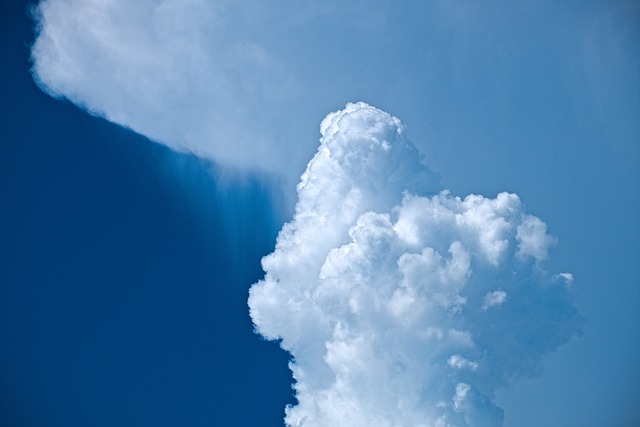Drought is perhaps one of the most formidable natural challenges of our time, and its implications reverberate throughout the environment, particularly in connection with deforestation. As we witness the adverse effects of prolonged dry conditions across the globe, it becomes imperative to explore the intricate relationship between these two phenomena.
Deforestation, the large-scale removal of trees, is often driven by the pressing demands of agriculture, urban development, and logging. However, these activities exacerbate the impact of drought. Trees act as nature’s air conditioners, releasing moisture into the atmosphere through a process known as transpiration. When forests are cleared, the local climate is altered. The loss of this natural moisture results in reduced rainfall and increased temperatures, creating a vicious cycle that leads to further drought.
The interplay between drought and deforestation significantly contributes to climate change. As forests dwindled, carbon dioxide levels in the atmosphere rise, trapping heat and leading to more extreme weather events. This creates a dangerous feedback loop: as temperatures rise, drought conditions become more frequent, prompting more deforestation as communities attempt to adapt to the changing landscape.
The environmental consequences are profound. Biodiversity loss accelerates as species lose their habitats and struggle to adapt to rapidly changing conditions. Ecosystems that once thrived become arid and inhospitable, leading to soil degradation and increased vulnerability to erosion. Moreover, water resources, already strained by drought, become even scarcer as trees that help regulate their cycle disappear.
Communities that depend on forests for their livelihood and well-being are often the hardest hit. Indigenous populations, whose cultures are deeply intertwined with the natural world, face existential threats as both drought and deforestation strip away their resources and identity. As their environment deteriorates, these communities often find themselves trapped in a cycle of poverty and displacement.
Addressing the challenges posed by drought and deforestation requires a multifaceted approach. Conservation efforts must be prioritized, focusing on sustainable land use practices that protect forests and promote biodiversity. Reforestation initiatives can restore ecosystems and mitigate climate change, offering a flicker of hope amidst the looming challenges of drought.
As we delve deeper into these interconnected issues, it becomes clear that the fight against deforestation and the mitigation of drought’s effects must go hand in hand. By recognizing the profound interdependence of climate systems, we can forge a path toward a healthier, more sustainable environment that benefits both people and the planet.




